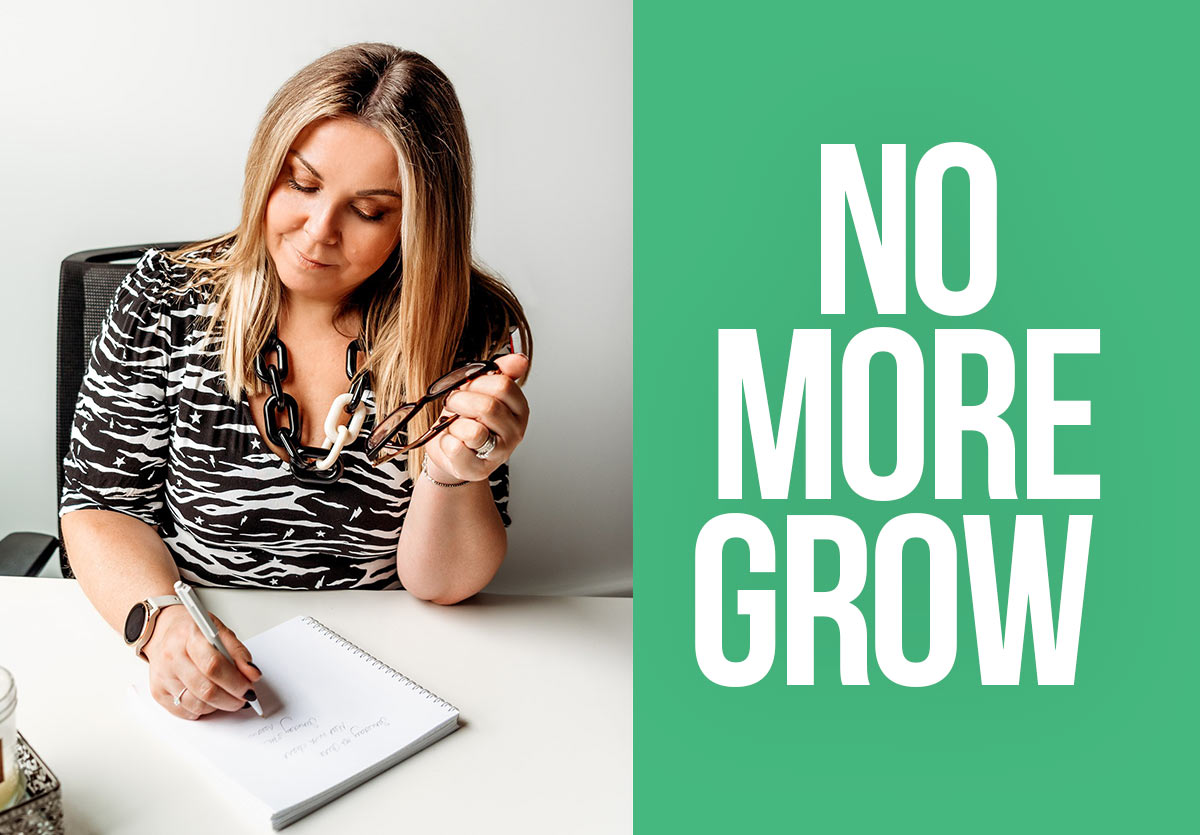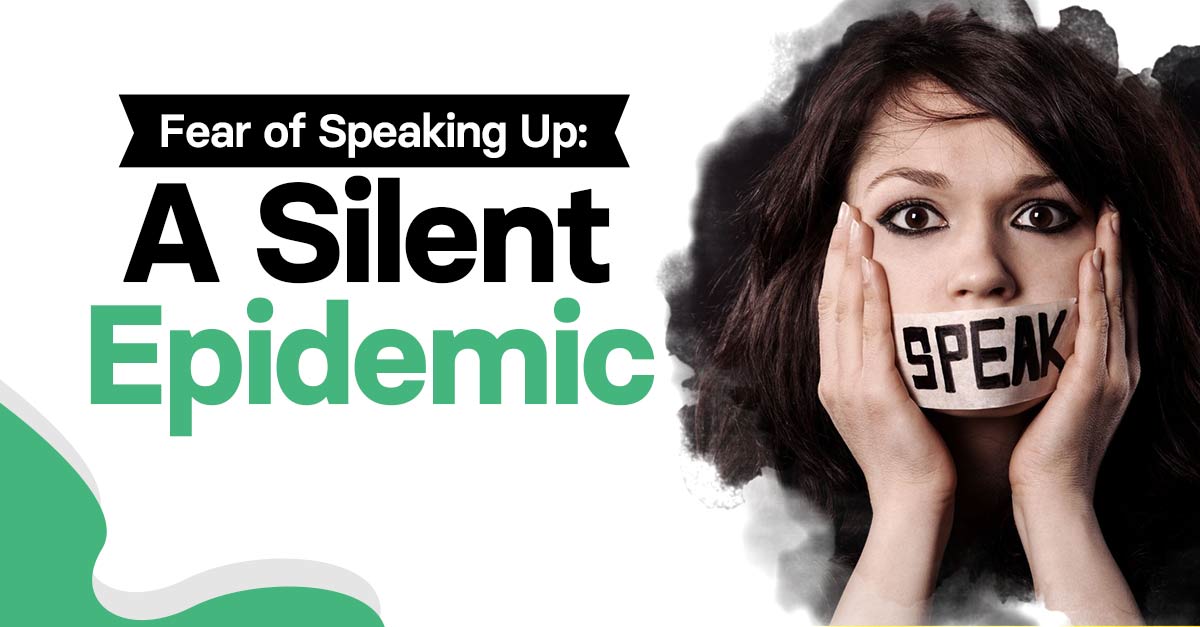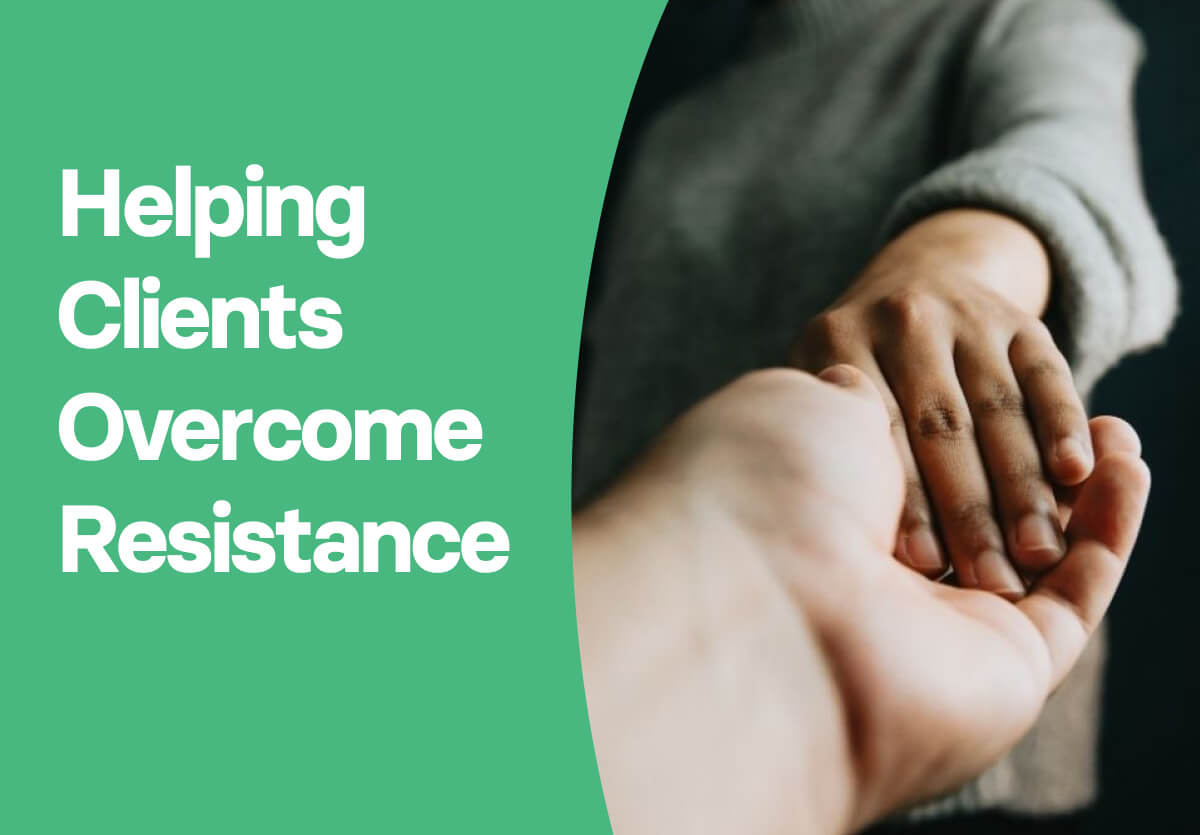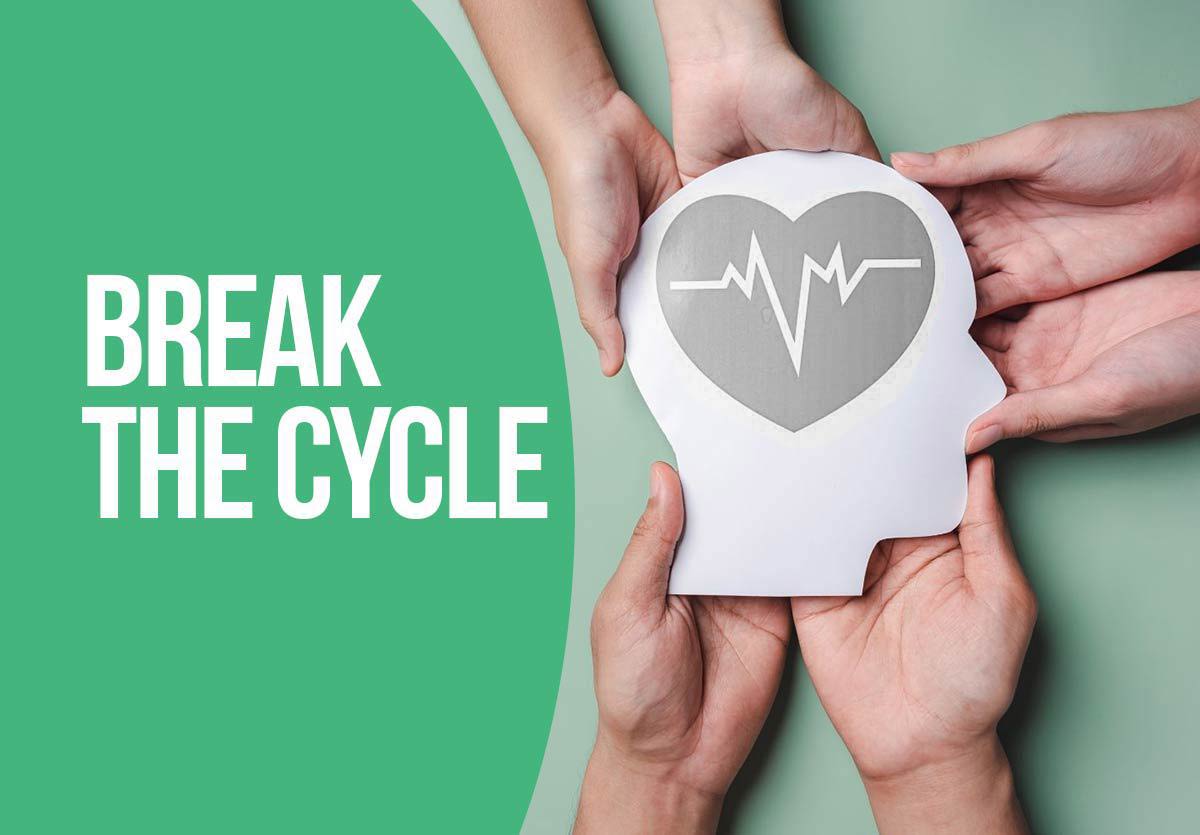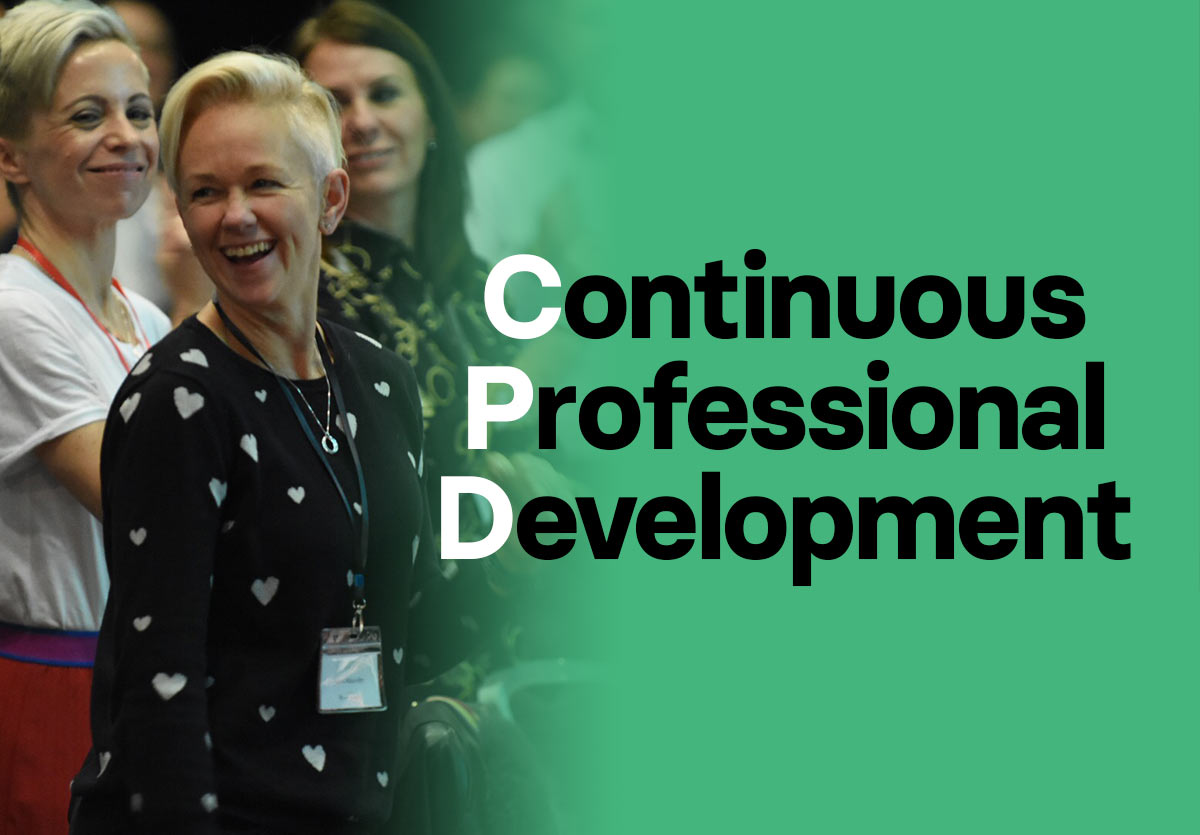Sir John Whitmore developed the GROW model in the 1980s.
Forty years on, it’s still considered the platinum standard for coaching; favoured by the coaching accreditation boards and coach training schools around the world.
When I was conducting competitor research for Paseda360, every single coach training course included GROW as the (or one of the) main elements of the programme.
Is it because it’s the best?
or
is that because it hasn’t been challenged and it’s all we have?
It’s so easy for industries to do what they have always done.
After 20 years working in continuous improvement and transformation, I know only too well how wedded people can be to ‘The way things work around here.’ It’s comfort zone stuff, and given a choice, most choose comfort zone.
To my mind, change only happens when somebody makes the effort to challenge how it’s done and then makes steps to do it differently.
When I entered the world of coaching and attended a myriad of training courses, I was soon surprised at how little the industry challenged itself.
The truth is, the way it’s currently done is VERY EASY for the coach. They claim no accountability for client outcomes, and play a very passive role. Perhaps that’s why it hasn’t changed. Why would an industry make it harder for itself?
The wakeup call for the coaching industry is that people deserve and need more from their coaches, because the 1980s approach is short changing them. Life has moved on.
When I think back to the 1980’s, a time when I was at primary school, there’s very little from those days that has remained the same. I’ve been struggling to think of anything from that era that would be classed as platinum standard now.
I’d listen to the top 40 on radio one and attempt to record the music by pressing play and record at the right moment, such to omit the DJ’s voice. Now I ask Alexa or my apple music account to play whatever I want.
To phone a friend, I would walk to the phone box at the top of the road and insert 10p pieces into the payphone, trying desperately to fit in the conversation before the pips. Now I use WhatsApp on my iPhone and have the ability to contact anybody, at any time.
The teacher wrote on a blackboard with chalk, with often took on a dual role as an effective weapon, flung across the room at any student who was misbehaving. Now my teenage children are taught using laptops, interactive whiteboards and google classrooms.
I’d take books from the library down the road which would be stamped to advise the return date. Now I use a kindle and have access to thousands of books in a device half the thickness of a book.
Almost everything has evolved.
Coaching hasn’t.
And it’s time. Now it’s time.
If we return to GROW it will help me to explain what I mean.
GROW is a structure or set of steps a coach uses to guide a person to an outcome.
G is for Goal or what is the person looking to achieve
R is for Reality or what is happening in the here and now
O is for Options or what could they do to change the reality
W is for way forward, or what are the steps they will now take
It’s a simple framework, but it’s not entirely easy. And.. I have found it to be flawed.
Reason One
Starting with the Goal is like opening a book on page 154 of 300.
We start at the wrong point on the client journey.
I have coached thousands of people, and what I know to be true is 99% of them, even the most successful, are not operating as the true version of themselves. They are in what I refer to as Pretender Mode.
When we operate in Pretender Mode we are disconnected from our values and authenticity. Our esteem isn’t true, and our self-trust is low.
Setting goals from this mode leads to one of two things…
- Success with a price. The goal is achieved but it comes with a personal cost (Exhaustion, Burnout, Stress, Loss) and even when achieved it doesn’t satisfy.
- Self-Sabotage which leads to the goal not being fulfilled, the deployment of a healthy habit to fill the void, and a heavy hit on self-value.
Goal setting can only take place once the first half of the book has been read and understood.
Once you peel back the layers and figure out who you are at your core, you’ll find the goals change, because what your pretender wanted, is not what your truest self wants.
Clients who work with me, start off wanting one thing, and end up wanting something entirely different once we retire the pretender.
Reason Two
The reality step of Grow model is not in fact reality. The Pretender’s reality is shrouded in perfectionism, people pleasing, and self-persecution. It lacks perspective and self-awareness. It’s influenced by conditioning and storytelling which is akin to faulty wiring.
We have to fix the faulty wiring and neutralise the situation to get a true sense of the current reality and that means looking back.
The options and ways forward become irrelevant at this point. Deploying those would be like running ten miles, but going in the wrong direction.
There is a better way to coach.
A model that creates transformational shifts.
Stop Being Stuck, Find the True You, Build Your Belief, Unleash your Potential.
The Paseda360 coaching model will provide you with the approach, fit for the future, that will transform your client’s lives.
Find out about our Advanced Practitioner Course.


